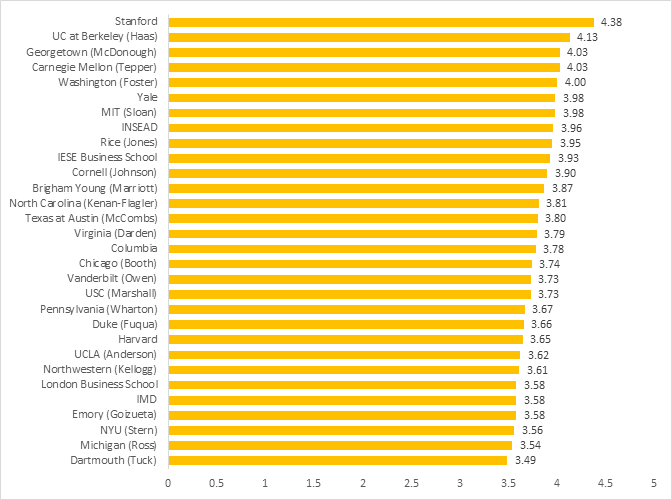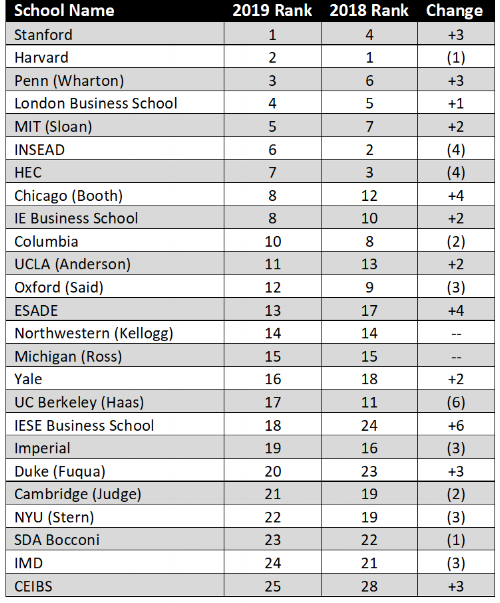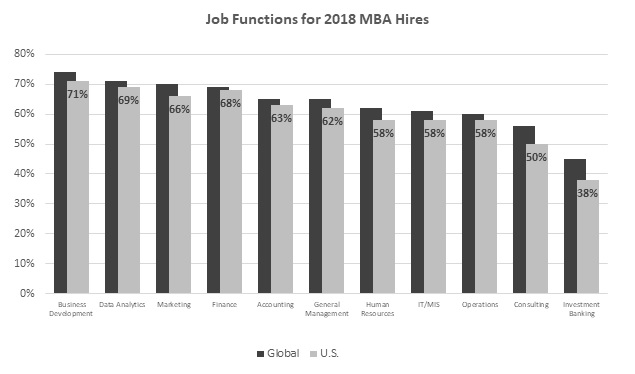Recently, Washington University in St. Louis announced that it was going to commit $100 million over the next ten years for scholarships for medical students and to “enhance and modernize the school’s medical education program.” Up to half of the program’s future students will be able to attend the school tuition-free, with many others receiving partial tuition support. The program will begin with the 2019-20 entering class.
Washington University is the latest in a string of schools working to reduce the student-debt burden associated with medical school. Last August, New York University Medical School shocked and delighted students when it announced that all current and future medical students would be attending tuition-free. Kaiser Permanente, the following February, made a similar offer for its first five graduating classes. Additional schools, including Columbia University’s Vagelos College of Physicians and Surgeons and the David Geffen School of Medicine at UCLA also have created substantial scholarship funds to ease student loan burdens.
The rising cost of medical school debt negatively impacts not only medical students but also the greater public. Students graduating from public medical school programs carry a mean debt of just under $189,000, while those graduating from private medical schools have a mean debt closer to $209,000. This debt load can impact many aspects of public health, including deterring promising students from entering medical school, encouraging those in medical school to opt for higher paying specialties post-graduation, and creating higher stress and lower wellbeing for physicians and those in training. In late April, the AAMC published updated physician shortage numbers, with the projected shortfall of primary care physicians, a lower-paying specialty, ranging between 21,100 and 55,200 by 2032.
The schools offering reduced and tuition-free opportunities for their students believe that reducing student debt will encourage a more diverse applicant pool as well as empower graduates to pursue a broader range of medical specialties. “For most medical students, debt is a significant factor in selecting a school and a career path,” said Eva Aagaard, MD, Senior Associate Dean for Education and the Carol B. and Jerome T. Loeb Professor of Medical Education at Washington University in St. Louis. “We want to help alleviate that financial burden and instead focus on training the best and brightest students to become talented and compassionate physicians and future leaders in academic medicine….This is an investment in our students and in our institution, as well as in the health of St. Louis and the greater global community.”
While many schools have adjusted their admissions processes to attract more minority applicants, using a combination of pipeline programs, more holistic admissions standards, and a focus on diverse representation on admissions committees, the problem has thus far remained. “From 2014 to 2018, the percentage of black students enrolled in medical school rose from 6 percent to 7.12 percent, according to the AAMC. Additionally, Latino medical students increased from 5.3 percent to 6.4 percent of total enrollment while Native Americans still account for less than one-half of a percent of all medical students.”
While it is still too early to gauge success, NYU has seen promising results in its first application wave since it eliminated tuition. While overall applications to medical schools in the United States have increased by 47 percent, African American, Hispanic and American Indian applicants only increased by two percentage points. At NYU, however, almost 9,000 applications were submitted for the 102 seats in the 2019 incoming class. There was a 103 percent increase from the previous year in applicants who self-identify as disadvantaged, a 140 percent increase in black applicants and a 40 percent increase in Pell Grant recipients. Dr. Rafael Rivera, Associate Dean for Admission and Financial Aid at NYU said, “The accepted pool that we have thus far reflects increased diversity in socioeconomic status, which is an important facet of diversity in the physician workforce that hasn’t gotten the attention it deserves.”
The other objective of tuition-free and reduced medical school programs is the freedom that it affords graduates to select less lucrative specialties or career paths. The relationship between student debt and specialty preference is well-documented. An article reviewing research on the impact of student debt on primary care physicians, included references to a 2012 study that showed students with larger amounts of student debt are “more likely to switch their preference for a primary care career to a high-income specialty career over the course of medical school” as well as a 2016 qualitative study which found that, “students described their debt as making them feel more cynical, less altruistic, and entitled to a high income.” These findings suggest that reducing the debt, through reduced tuition or increased scholarships, will positively impact graduating students’ ability to select a specialty based on preference rather than need.
Though only time will fully show the impact of these schools’ commitments to reducing student debt on the physician workforce, there is reason for optimism about the benefits that will be seen for medical students, physicians, as well as the public.



















